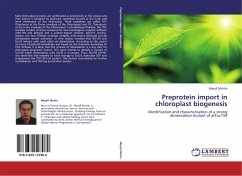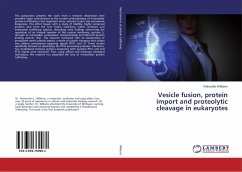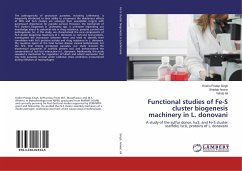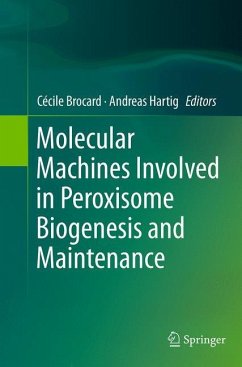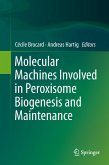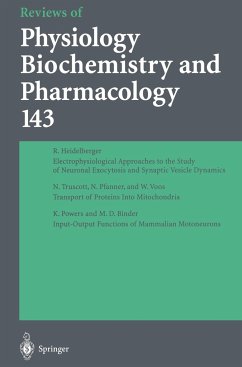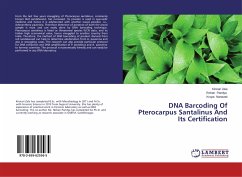Most chloroplast proteins are synthesized as preproteins in the cytosol and their import is mediated by molecular complexes located at the outer and inner membrane of the chloroplast. These complexes are called TOC (Translocon at the Outer envelope of the Chloroplast) and TIC (Translocon at the Inner envelope of the Chloroplast). In Arabidopsis thaliana, the TOC complex consists of three components: two homologous receptor GTPases, atToc159 and atToc33 and a protein-import channel, atToc75. During import, the two GTPases undergo complex interactions although precise mechanisms remain unknown. In vitro studies revealed that Toc159 and Toc33 interact with each other via dimerisation. According to the crystal structure of psToc34 homodimer and based on the G-domain homology of TOC GTPases it is likely that the process of dimerisation is a key step for chloroplast preprotein import. This work intends to identify a mutant of Toc159 which dimerisation with toc33 is increased. Thus, Toc159 D919V was identified and revealed to bind strongly to Toc33, hydrolyse GTP and complement the TOC159 null mutant. This mutant is promising for further crystallisation and TAP-tag purification studies.
Hinweis: Dieser Artikel kann nur an eine deutsche Lieferadresse ausgeliefert werden.
Hinweis: Dieser Artikel kann nur an eine deutsche Lieferadresse ausgeliefert werden.

